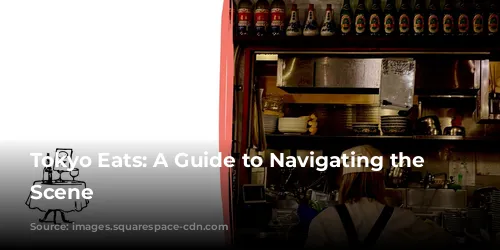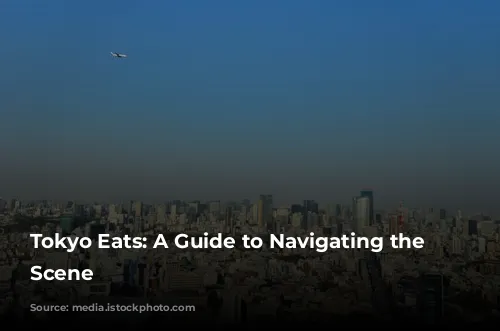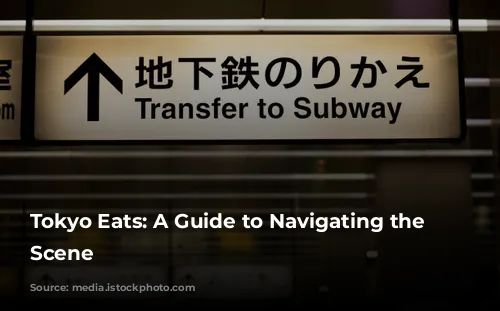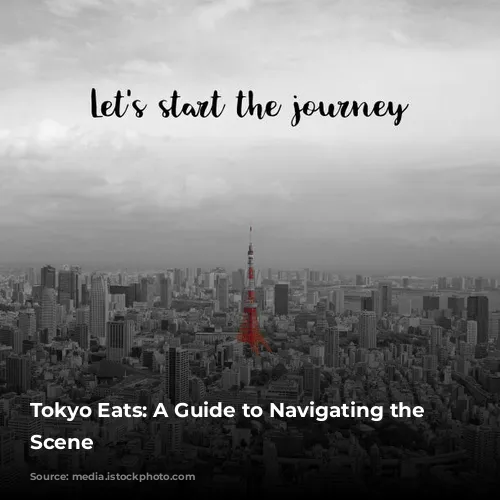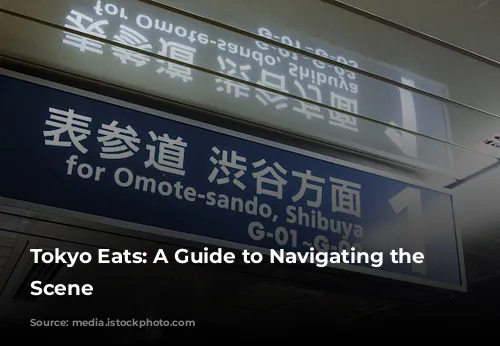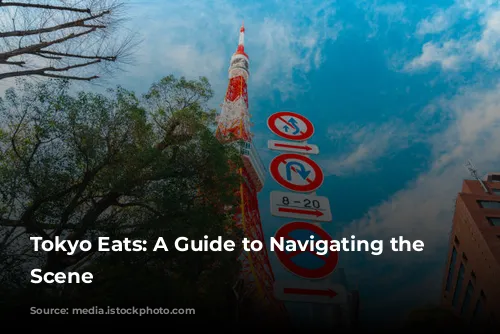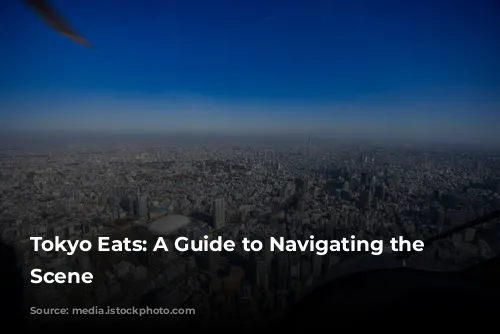Tokyo’s food culture is legendary, with an abundance of mouthwatering dishes waiting to be explored. But even the most seasoned foodie can feel a bit overwhelmed. Don’t fret! Here’s a quick guide to navigating the local culinary scene like a pro.
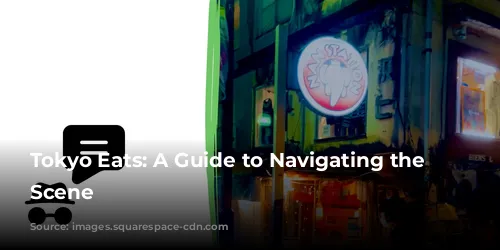
Ticket Machines and Ordering
Walking into a restaurant for the first time can be a bit intimidating, especially if you don’t speak Japanese. But fear not! Many restaurants, especially ramen shops and smaller establishments, have ticket machines, which make ordering a breeze. Simply choose your dish, pay, and receive a ticket with your order. This ticket is then handed to the staff.
If there’s no ticket machine, don’t hesitate to flag down a server when you’re ready to order. Simply raise your hand and make eye contact. If they don’t see you, try saying “sumimasen” (excuse me). It’s a completely normal practice in Japan.
Need an English menu? Just say “eigo menu…?”, even though it’s broken Japanese, it’ll get the message across.

Common Questions and Phrases
Traveling in Japan often comes with a few basic questions, especially when paying. Let’s familiarize you with the most frequent ones, so you’re prepared.
One of the most common questions you’ll hear, especially at convenience stores and while shopping, is whether you need a bag. Listen out for the word “fukuro.” If you need a bag, simply say “onegaishimasu” (please). If you don’t need one, say “daijoubu” (it’s okay).
Another question you might encounter is if you have a point card. The staff might ask “pointo cardo?”. If you don’t have one, simply shake your head no.
Here are a few more key phrases worth practicing:
- “Daijoubu” – “It’s okay; I’m fine; no thank you”
Tip: The “R” sound in Japanese is often pronounced like a soft “D”, similar to Spanish. For example, “fukuro” sounds more like “fuu-kuu-dou”.

Respecting Japanese Etiquette
Japan is known for its rich culture and unique etiquette, so let’s dive into some key points to ensure we respect the local customs.
- Avoid eating or drinking on trains: It’s considered inconsiderate and disrespectful to other passengers.
- Refrain from eating while walking around busy streets: Try to find a nearby park or designated eating area.
- Don’t talk on your phone on trains: It’s considered disruptive and inconsiderate.
- Designated smoking areas: Always look for designated smoking areas and avoid smoking just anywhere.
- Escalator etiquette: Stand on the left side of the escalator, leaving the right side for walking.
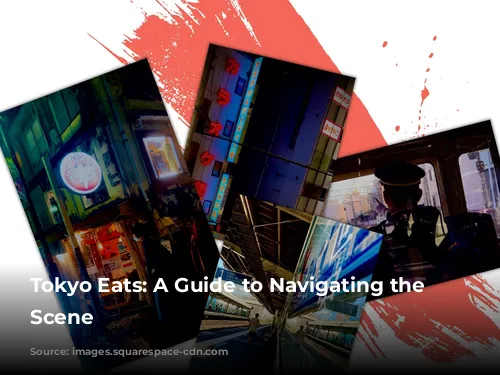
Sharing Spaces: The Benefits of Share Houses
For those seeking an immersive experience, share houses in Tokyo offer a fantastic option. These community-driven spaces are a great way to meet travelers, locals, and make new friends.
Share houses are a popular choice for travelers due to their flexible lease terms, lower costs, and foreigner-friendly environments. They typically offer private rooms, while sharing communal areas like the kitchen, shower, and restroom.
English-speaking staff make communication a breeze, and the sense of community you’ll find in a share house is truly invaluable.
So, pack your bags, embrace the adventure, and enjoy your journey through Tokyo! From the diverse culinary scene to the unique cultural experiences, Tokyo promises an unforgettable journey.

